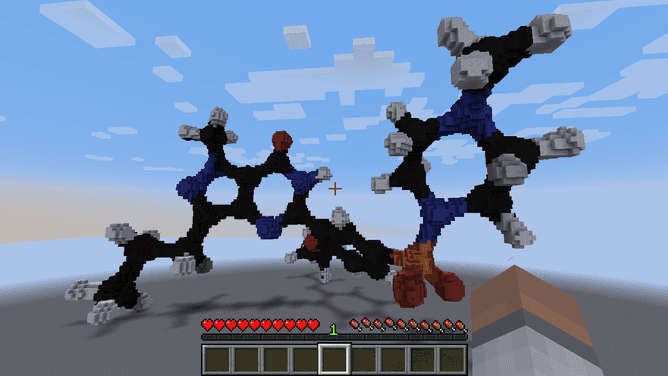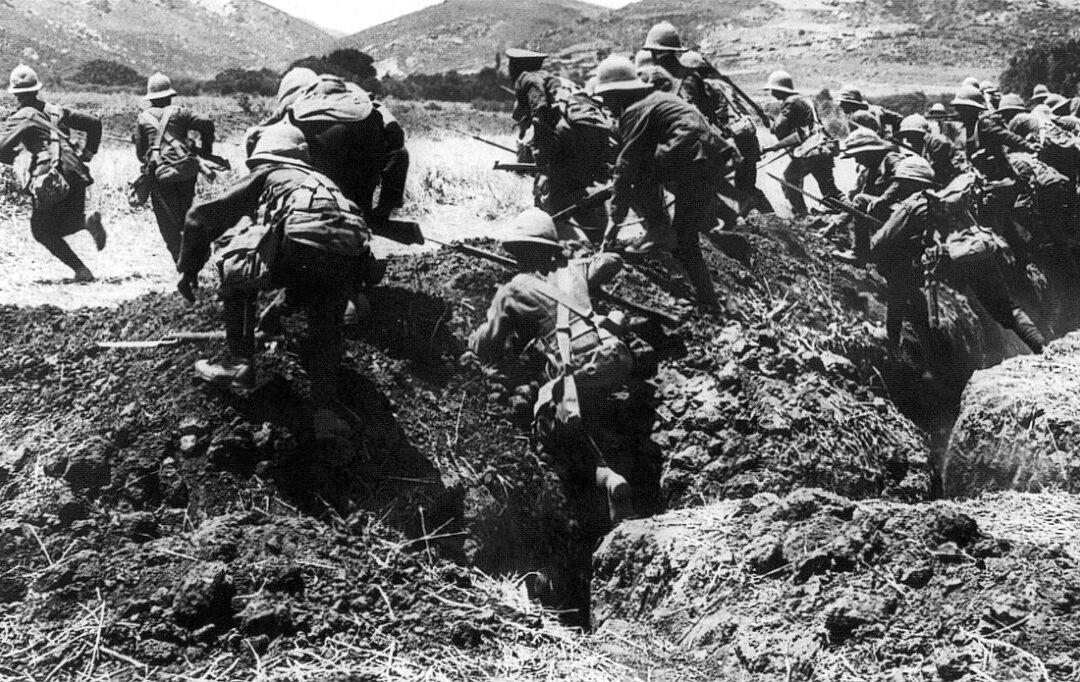If you’ve ever sat opposite a doctor and wondered what she was scribbling on her notepad, the answer may soon not only be medical notes on your condition, but real-time chemical preparations for an instant diagnostic test.
Thanks to the work of a team of researchers from California Polytechnic State University, recently published in the journal Lab on a Chip, chemicals formed into pencils can be made to react with one another by simply drawing with them on paper. The team may have taken inspiration from coloring books for their take on a chemical toolkit, but their approach could make carrying out simple but common diagnostic tests based on chemical reactions—for example diabetes, HIV, or tests for environmental pollutants—much easier.
The project started with an established technique called paper-based microfluidics. This uses the capillary effect of paper to carefully mix together what are called reagents—those chemicals mixed to form a reaction, or to measure the presence or absence of a substance. The capillary effect in action is easily seen by dropping two inks of different colors onto a piece of tissue paper. As the liquid is absorbed by the paper, the color drops spread out until they merge with one another and form a color blend. In the same way two or more reagents can be mixed with water on a strip of paper.




